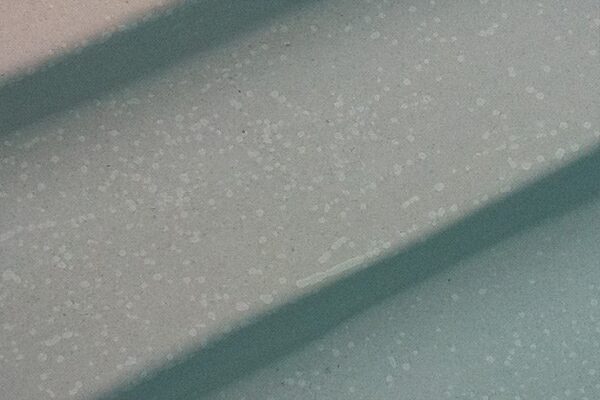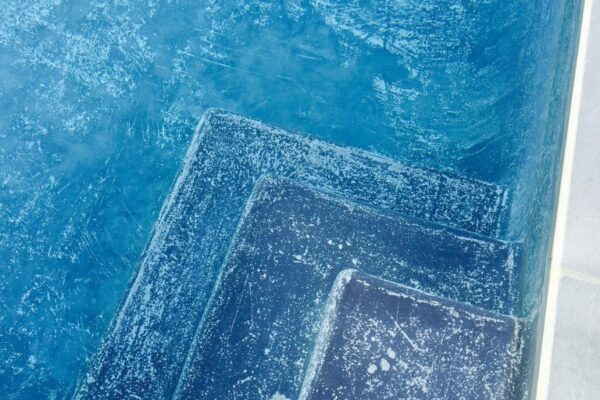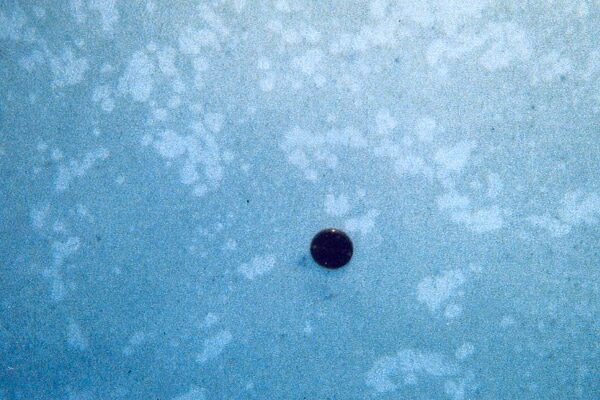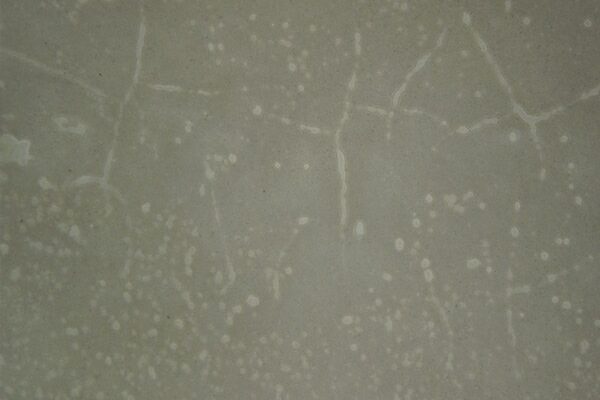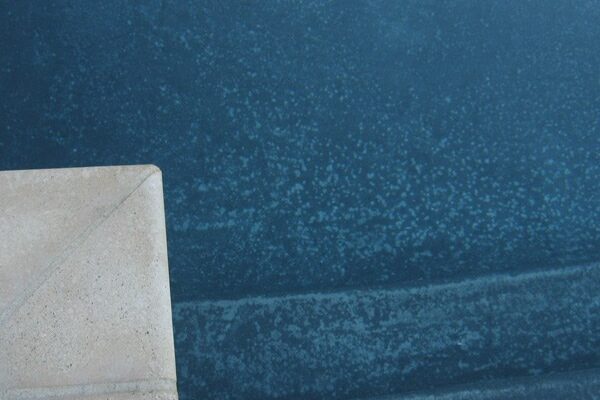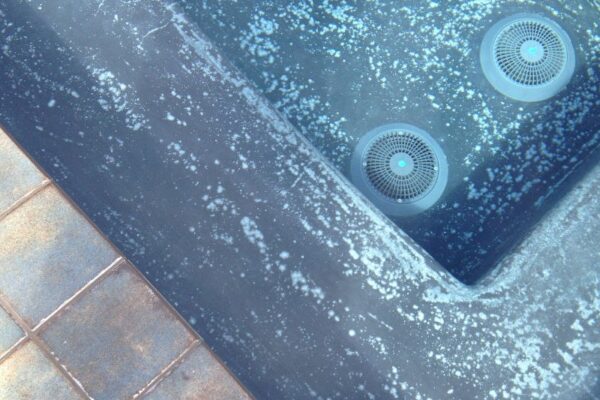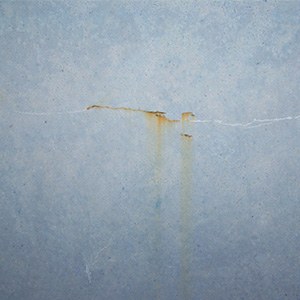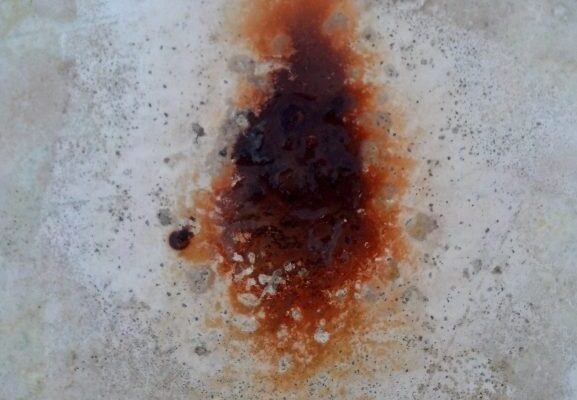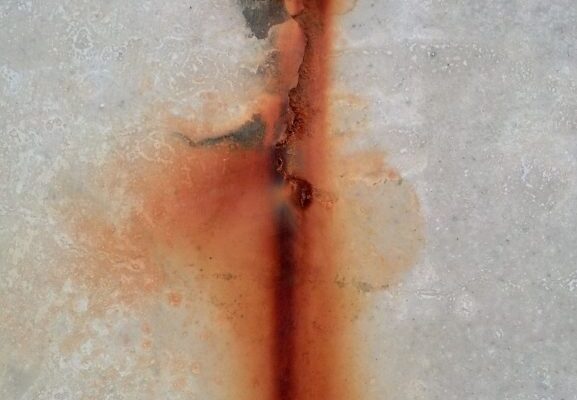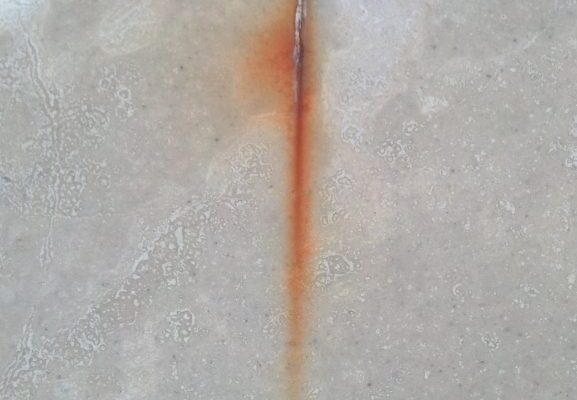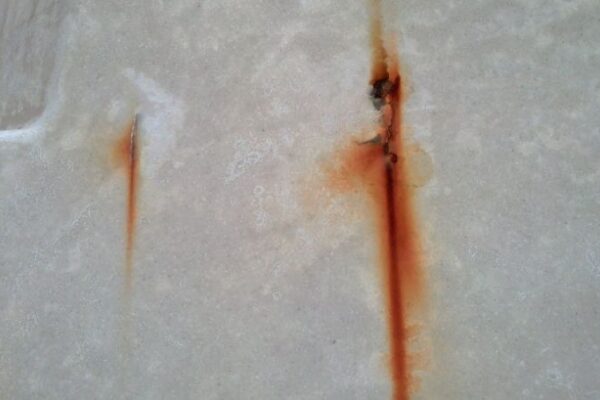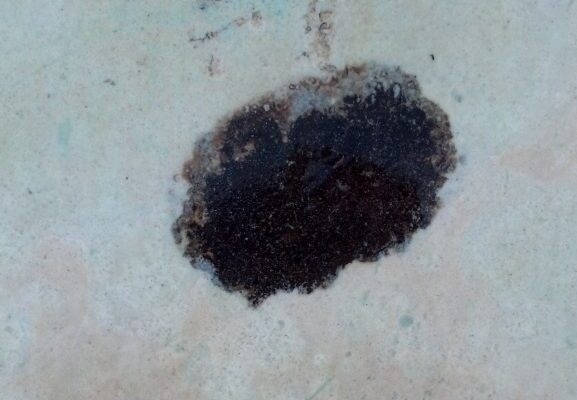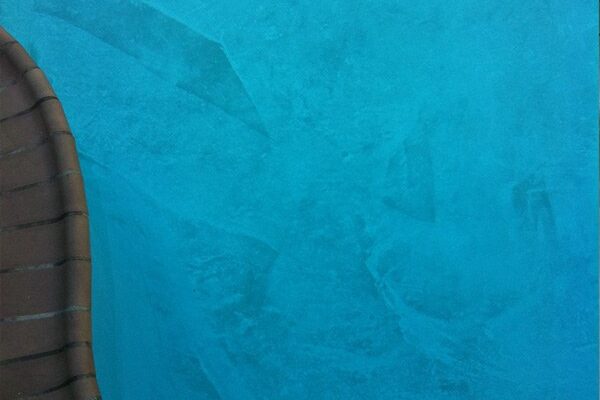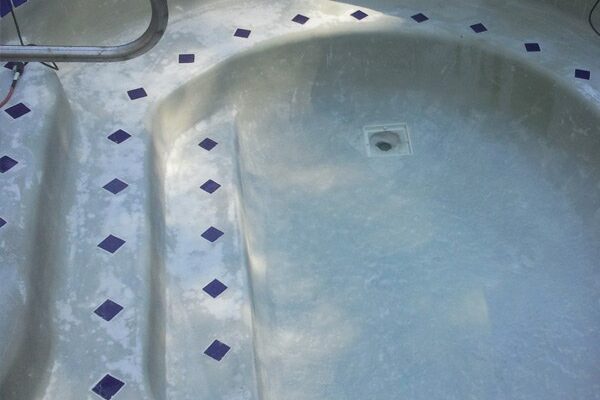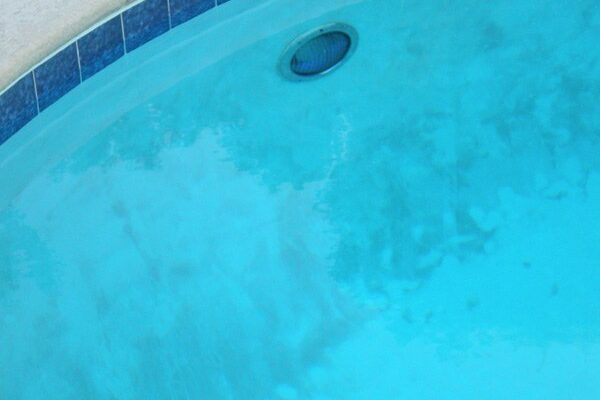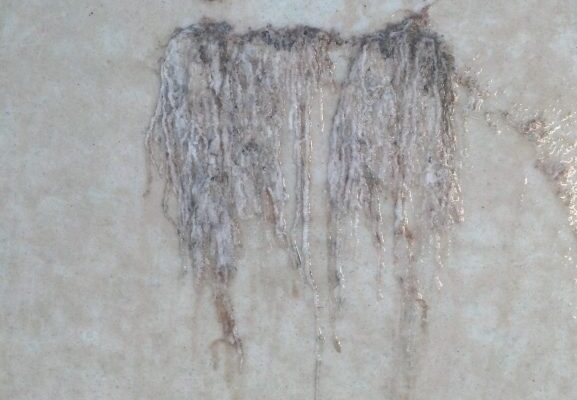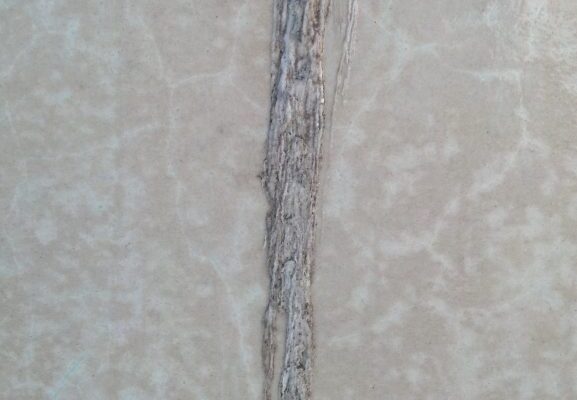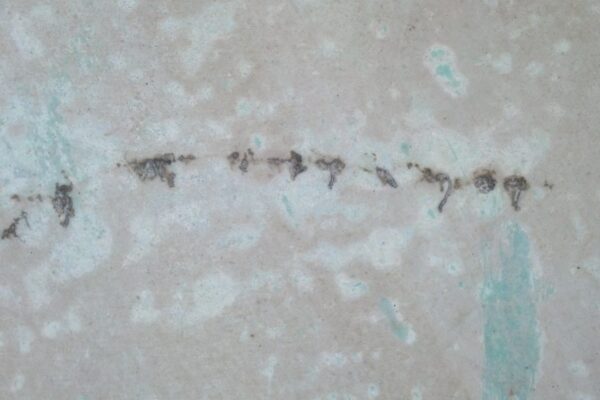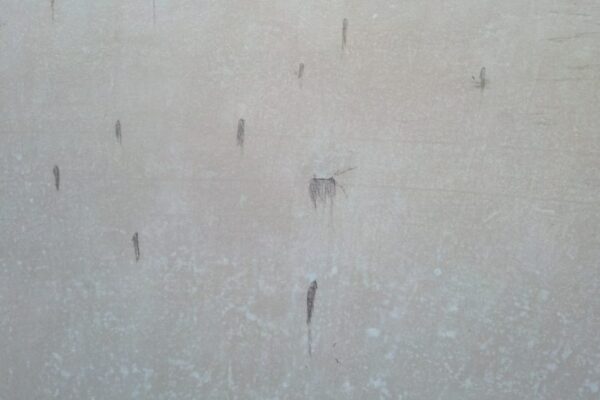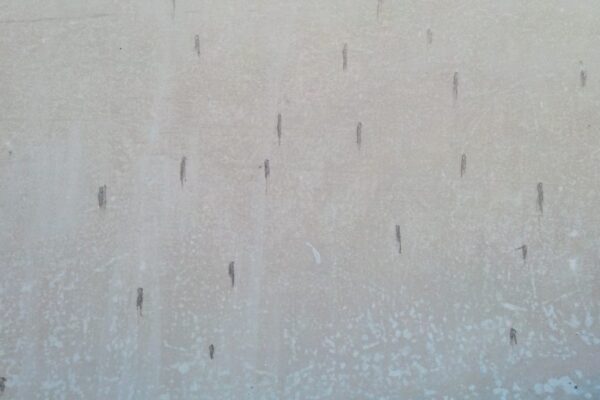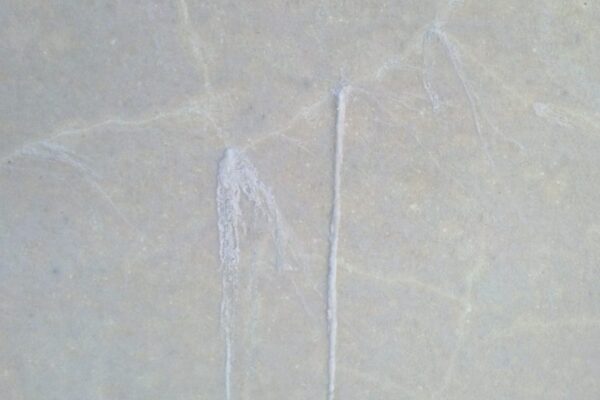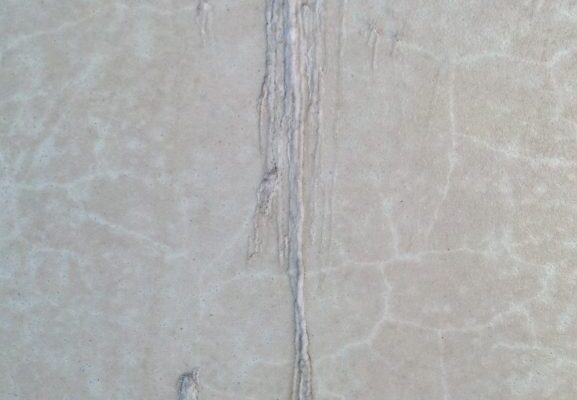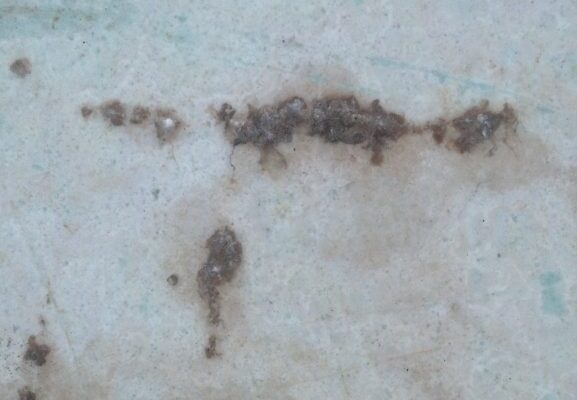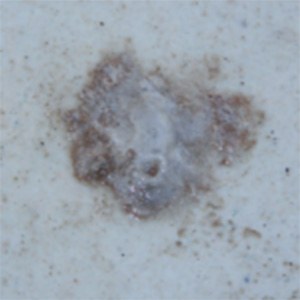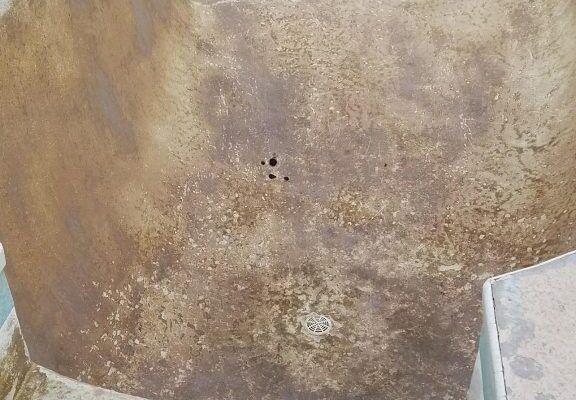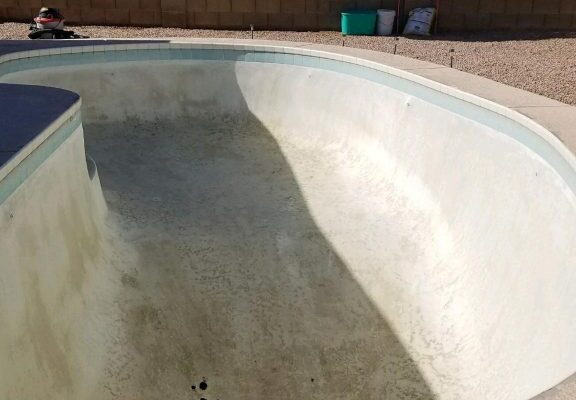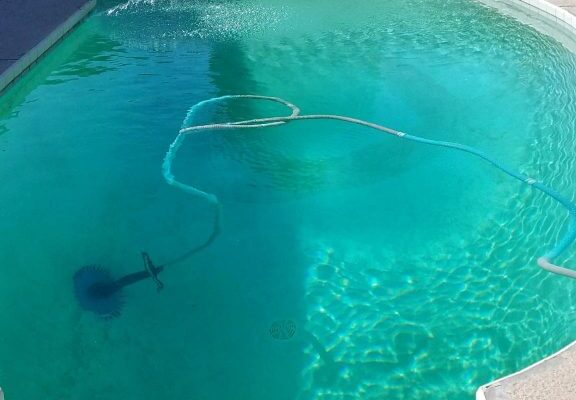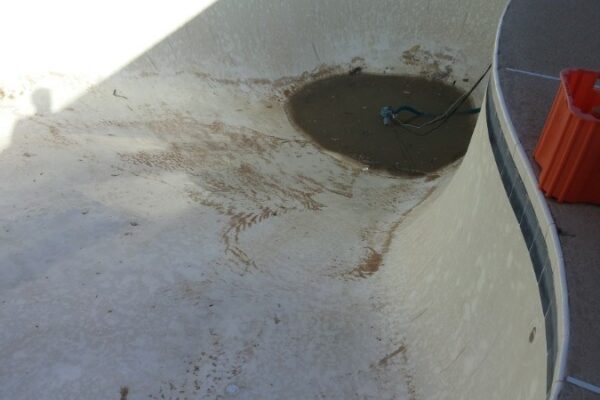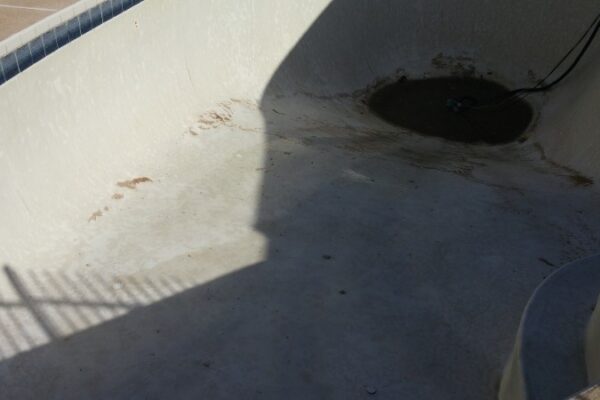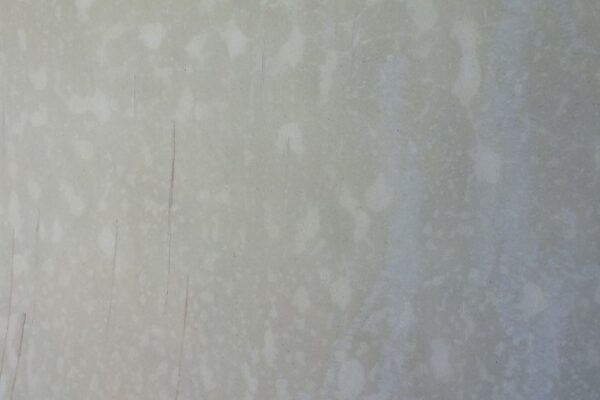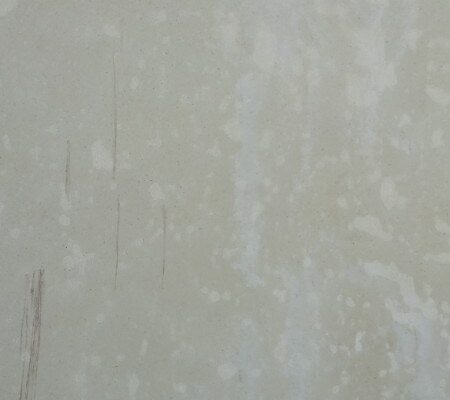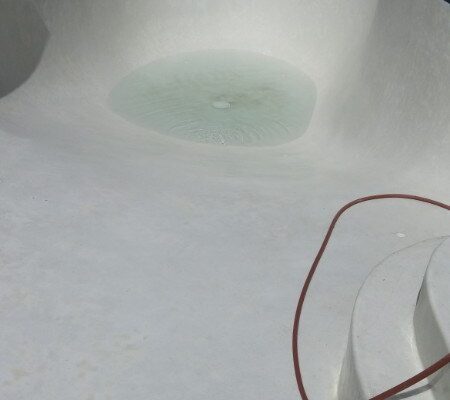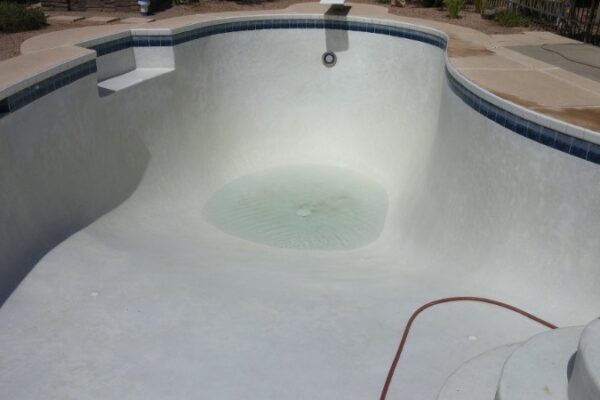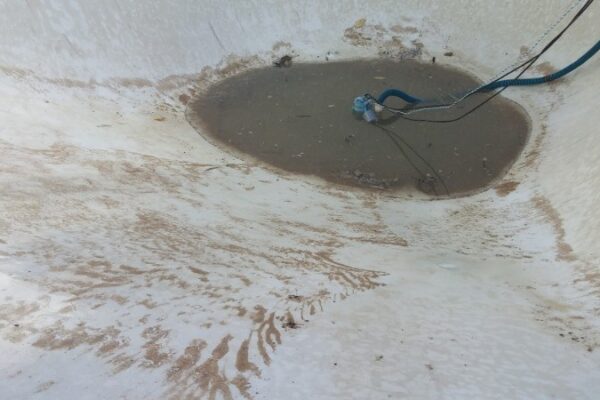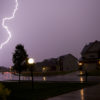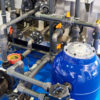Common Pool Plaster Issues
In our opinion, the best customer is an informed customer. There comes a time when you want accurate information about specific pool problems or questions. Although these issues don’t always deal specifically with our chemical treatment of the pool, we feel it is important to be your resource for all possible aspects of pool ownership and maintenance.
Listed below are some photos with a brief explanation of common pool plaster issues found mainly in white and colored plastered pools.
For more extensive explanations regarding these phenomenons, please go to www.poolhelp.com/onbalance.aspx
White Soft Spotting:
What Is It?
White spotting occasionally develops in new white and dark-colored plaster pools. The smooth, but unsightly white spots generally begin to show up within the first year after plastering. This problem was given the name of “spot etching” by pool plasterers who (incorrectly) believed aggressive pool water caused the spotting.
In 1999, a professional cement research lab, R. J. Lee Group, studied plaster samples (cores) from pools that had developed the spotting problem. The lab determined that improper plastering practices are what cause the spotting problem. The main contributory issues are; adding calcium chloride to the plaster mix, applying excessive water onto the plaster surface while troweling, and overly late troweling. These improper practices create a weak, porous, and softened surface in localized areas. R J Lee also determined that the spots and the surrounding areas had not been etched by aggressive water.
When water is troweled back into the plaster surface, a watery cement mixture (known as laitance) is created and results in porosity, shrinkage, and micro-cracking. The addition of calcium chloride to the plaster mix also contributes to shrinkage and micro-cracking. This has also been documented by the American Concrete Institute and the Portland Cement Association.
When specific areas of a plaster surface become porous and become carbonated, the spots become lighter (white) in color than the surrounding denser plaster surface.
Another factor that makes white soft spots become readily visible is due to the overall smooth “graying” of plaster which is caused by the addition of calcium chloride to the plaster mix. This contrast in color between the random white spotting and the larger gray areas surrounding the spots makes this problem more unsightly.
When pool plaster is properly mixed and properly troweled, a hard, dense (non-porous), homogenous, and durable surface is created that can withstand the fluctuation of water balance for many years. The time it takes for spotting to appear depends on how weak, soft, and porous these areas are to start with.
How Do You Fix It?
This problem cannot be fixed. The pool will have to be completely resurfaced. These white spots have absolutely nothing to do with the balance of the water.
Rebar Stains:
What Are They?
Rebar is short for reinforcement bar that is used for structural integrity anytime concrete is used. This steel rod is used in combination with shotcrete, or gunnite, to create a solid foundation in the beginning stages of building a pool.
This shotcrete is approximately 6 inches thick throughout the pool. Many times in the process of pouring the shotcrete the rebar may not get fully covered by the cement and remain exposed. If the rebar remains exposed while the new plaster surface is applied, then water will penetrate through the surface after the pool is filled up with water, and begin to rust the rebar. The rust from the rebar then bleeds upward toward the surface and generally creates a black spot first. Eventually as more rust bleeds through, the black spot gets larger and then you will begin to see an orange rust color appearing in the center of the spot.
How Do You Fix It?
There are two options for this problem. One is to chip out the entire pool, cut out the exposed rebar, and then resurface. The other option is to cut or chip out the contaminated area, cut out the exposed rebar, and then patch over it.
Rebar stains have absolutely nothing to do with water chemistry or the balance of the water.
Mottling:
What Is It?
Gray (or grey) mottling discoloration is due to high amounts of calcium chloride added to a plaster mix, and or late, hard and dry troweling. This issue has nothing to do with the water chemistry or the way the pool was originally started up with chemicals when initially filled with water.
How Do You Fix It?
Some in the plaster industry will use high heat using a blow torch applied to the mottled area, which basically means they will apply heat in an effort to remove any trapped moisture that could be causing the dark color. Sometimes it may lighten it a little bit, but never completely. The dark coloring may also lighten in time, but again not completely. This process only makes the plaster weaker and causes more harm than good. The only way to completely fix it is to resurface, and don’t do the things listed above while resurfacing.
Nodules:
What Are They?
Nodules are small white growths of hard calcium mineral deposits. They are generally round, mound or volcano-shaped, and usually located on fine and sometimes almost invisible cracks in the plaster. If they are located on walls or a vertical surface, they generally “drip” down the plaster surface, somewhat in the shape of an icicle. Nodules can range in size from very small (pencil-tip) to very large (5 or 6 inches), but the average is in the dime-size range or smaller.
It happens when there is delamination (bond failure) of the plaster surface with the gunnite substructure, excessive craze cracking, or other similar defects, which allows water to penetrate either behind or into the interior of the plaster surface and dissolve calcium hydroxide, which then hardens and grows back up toward the surface of the plaster, thus evolving into volcano shaped mounds.
It’s more common in replastered pools where the new plaster surface sometimes has difficulty bonding to the chipped out underlying surface, and bond failures can cause a void which can lead to the surface nodule formation.
Smaller nodules may form on craze cracking that can result from an overly wet mix, an accelerated drying of the new plaster, such as from excess calcium chloride (a set accelerant), or from environmental factors such as excessive heat, low humidity, wind, or excessive sun exposure before the pool is filled.
How Do You Fix It?
Nodules can be sanded off to make the pool cosmetically pleasant. But they will begin to return within several months of the pool being refilled with water. To completely solve the problem the pool will have to be replastered.
Nodules are not the result of poor water chemistry or anything that might suggest that the water has been out of balance.
Iron Stains:
This particular pool had a severe case of iron staining and hadn’t been drained for many years. Iron can be introduced into the pool in a variety of ways, from the water source, iron fertilizers, metal, rebar from the subsurface, etc… Acid washes usually won’t remove much of the iron. In this particular case hydrogen peroxide was used and removed the majority of it as you can see. The pool came out much better aesthetically than anticipated
Acid Washing:
This pool not only had dirt stains but also had hundreds of nodules growing on the walls and the floor. Once the pool was hosed down all the nodules had to be sanded off before the acid wash took place. You will notice the areas in the photos where some had been sanded and others waiting to be sanded.
Why acid wash a pool?
The purpose for acid washing pools is to remove stains that are caused by minerals in the water. There are various types of minerals that can cause the stains, but the most common are calcium, copper, and iron. Calcium is the most problematic due to the high calcium content in our tap water here in Arizona. The industry recommends keeping the level between 180-200ppm, but that is pretty close to what it is right out of the tap. The only way to remove high calcium levels is to drain the pool or hire a company that will come out and run your pool water through a nano filtration process. The cost for that begins around the 500.00 range and goes up depending on the size of the pool. Draining the pool is usually around 100.00.
What do each of the stains look like?
Calcium is dissolved in the water and is not noticeable until you start to see brown patches on the surface that don’t brush off. Calcium will precipitate into a white solid fine powder form and settle on the floor. If it is not vacuumed up it will begin to stick to the floor or walls trapping impurities such as dirt causing the brown stains. It will also be rough to the touch similar to sand paper. This is also known as scaling.
Copper can be introduced into the water several ways. There are copper based algaecides for removing algae or preventing algae growth. Copper also comes from internal erosion of the house water lines that is used to fill up the pool. Small amounts of copper get deposited into the pool and over time it will begin to stain the surface. Pools that have heaters are the biggest factor. The odds are high that you will notice stains in the spa but perhaps not in the pool. Copper stains may have a blue/green or even black appearance. If the stains are old even an acid wash will not remove them, they become permanent on the surface.
What is the process of acid washing?
The swimming pool is drained and then hosed down so pump can remove as much dirt and debris as possible. A diluted form of hydrochloric acid is used to dissolve the calcium or iron. As the calcium is dissolved it releases the trapped dirt, exposing the white plaster surface once again. The acid is poured or sprayed beginning on the pool walls, then the shallow floor area, leaving the bottom or deep end for last. Brushing the pool as the diluted acid is applied is the common process. Going over the stains with several light coats of the acid is better than using one coat of pure acid. If undiluted acid is used it can easily etch and dissolve the plaster surface and will look pitted afterwards.
